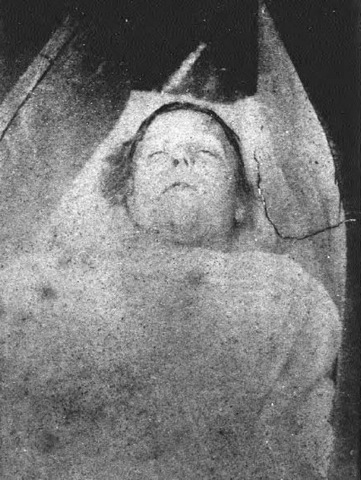Cornwell has produced the only objective evidence in the history of the case.
That one comment confirms my view that you need to go back to the drawing board.
For all her extraordinary investment financially, all that Cornwell could discover was that Sickert JUST MIGHT have written some hoax letters - which would not be out of character for him, as I read his nature. It does NOT make him the killer.
I note that you scrupulously avoid dealing with any of the factual errors in your theory that others have pointed out.
Garbage in garbage out as they say.
Phil
That one comment confirms my view that you need to go back to the drawing board.
For all her extraordinary investment financially, all that Cornwell could discover was that Sickert JUST MIGHT have written some hoax letters - which would not be out of character for him, as I read his nature. It does NOT make him the killer.
I note that you scrupulously avoid dealing with any of the factual errors in your theory that others have pointed out.
Garbage in garbage out as they say.
Phil


Comment